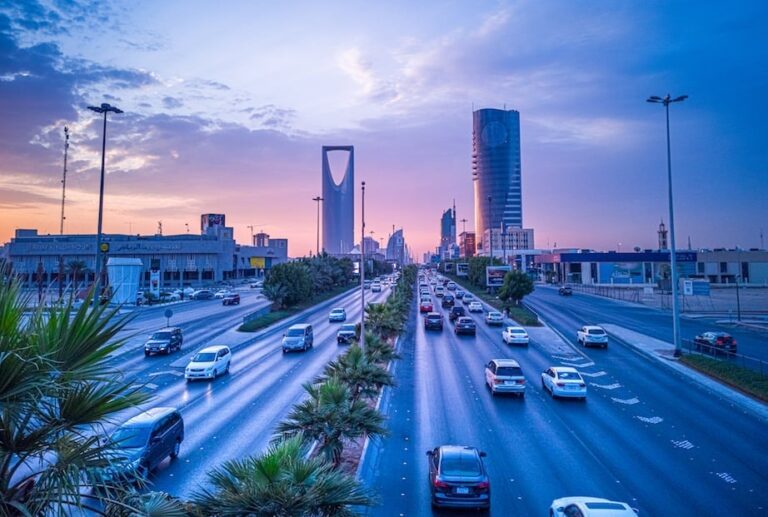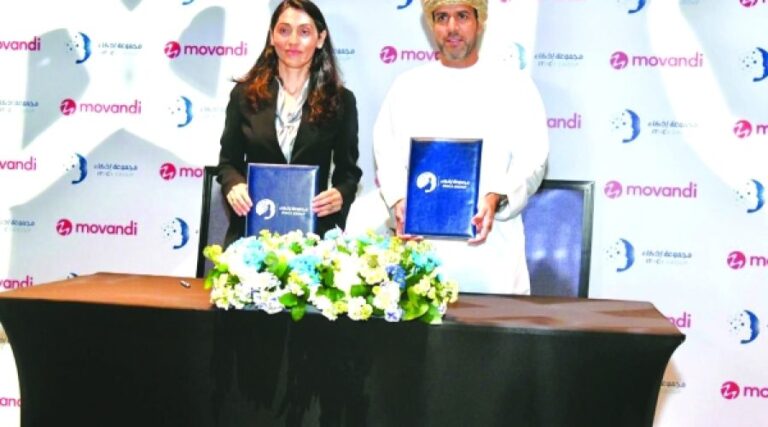Across the Middle East and North Africa, a new wave of creators is quietly redrawing the boundaries of entrepreneurship. What began as a social media movement has turned into a viable economic engine, one defined less by influence and more by ownership.
Gen Z founders across Saudi Arabia, the UAE, and Egypt are no longer content with posting for engagement. They’re building companies. From independent media studios to e-commerce brands and software tools for fellow creators, the region’s youngest entrepreneurs are blending content, commerce, and technology into something distinctly local — and increasingly global.
The shift is measurable. More than half of MENA’s population is under 30, according to UNDP. These are digital natives who grew up with YouTube and TikTok as their default search engines, not Google. And they’re entering adulthood in an economy where the infrastructure — from broadband to payments — has caught up with their ambitions.
In Saudi Arabia, internet penetration now stands at 99%, supported by widespread 5G coverage. The Saudi Central Bank (SAMA) says 79% of all retail transactions in the Kingdom are now electronic, up sharply from just a few years ago. With the addition of Apple Pay and the recent rollout of Google Pay, creators can collect payments in seconds — a crucial enabler in a region where cash-on-delivery once defined e-commerce.
Platforms have also matured. YouTube now reaches more than 20 million adults in Saudi Arabia and 7.5 million in the UAE. TikTok counts over 150 million users across MENA. Snapchat remains dominant among Saudi youth, reaching roughly 23 million people. These audiences aren’t just watching; they’re buying.
That evolution has not gone unnoticed by brands. Digital ad spending in the region rose nearly 20% year-on-year to approach $7 billion in 2024, according to Statista. Marketers are shifting budgets toward niche creators who deliver measurable conversions, often in Arabic, and who understand local culture better than global agencies ever could.
The result is a hybrid business model that fuses storytelling with sales. Creators are launching product lines directly to their followers through Noon, Amazon.sa, and Instagram Shops. Others are monetizing through educational podcasts and subscription-based communities. A smaller but growing segment is building software — affiliate dashboards, AI-powered subtitling tools, and analytics platforms — built specifically for Arabic content.
Analysts see this as the early stages of a structural shift. The global creator economy could reach $480 billion by 2027, and MENA’s young demographic gives it a competitive edge. “The infrastructure and the appetite are now aligned,” said one Riyadh-based investor focused on consumer technology. “This generation is scaling creativity the way previous generations scaled capital.”
Saudi Arabia is the region’s focal point. Vision 2030’s push for entrepreneurship has given legitimacy — and regulatory pathways — to a previously informal sector. The Freelance Work Document allows creators to register as independent professionals, issue invoices, and access financial services. With 70% of Saudis under 35, the country is fostering what some economists describe as a “youth-powered innovation layer” — agile, digital-first, and untethered to legacy industries.
The UAE plays a complementary role. Through initiatives like GoFreelance, Dubai has positioned itself as a base for regional creators seeking formal business status and global reach. Its bilingual environment has produced hybrid brands that operate across Arabic and English markets, from lifestyle startups to tech-focused newsletters.
Still, the industry remains volatile. Algorithmic changes can erode income overnight. Supply-chain inefficiencies continue to complicate fulfillment. And many creators lack the financial literacy needed to scale sustainably. The region’s creative infrastructure — legal, educational, and operational — is still catching up with the speed of digital innovation.
But the shift now underway feels difficult to reverse. The mix of youth, connectivity, and consumer spending power has created a flywheel of digital entrepreneurship that’s accelerating on its own. What once looked like a fragmented influencer scene is turning into an organized layer of small, cash-flow-positive businesses — each one nimble enough to survive without venture funding and localized enough to outpace legacy brands.
The next recognizable consumer name in the Gulf may not come from a corporate incubator or a multinational rollout. It could be a creator-led label that grew out of TikTok clips and scaled through WhatsApp orders. The region spent the last decade building rails — payments, logistics, and digital identity. The next decade will be about who rides them best. And Gen Z, with a phone in one hand and a storefront in the other, is already in motion.




Gen Z is quietly building the Middle East’s next economy